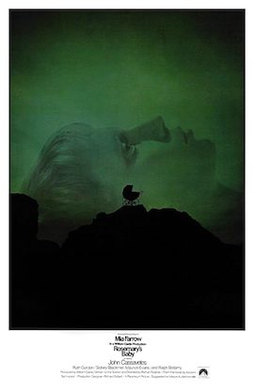Script
Okay so I'll be honest on here and please don't be mad @cambridge graders, I have no idea how to write a script. Like yeah I wrote one for the AS project but we just ended up improvising most of the dialogue. In my defense there was like two lines in the whole thing either way. Making this my first major script. Uhhhhh. I don't know how to do this.
The Short Film
I found a couple of good articles (I'll link them below) on how to write a short film script, since it is very different to full-length scripts. I decided to focus on the major points that all of the articles claimed were keys to writing a good script.
Characterization
According to literally every source I read, the characters are the most important part of the story. A film doesn't work if you don't understand your characters. Everything that occurs in the plot is either a character's reaction to something or a reaction based on a character's actions .
Since it's short, 5 minuteish film, then there should be a limited amount of characters, and preferably focus on a main protagonist and a supporting role. The articles also reiterate the importance of having relatable characters. Make the characters have goals, flaws, personalities. In our case, this will be a little difficult since the character isn't human. However, we have to find a way to humanize the character enough to make audiences relate to him. The last, crucial aspect is to focus on ONE clear goal and set up the conflict related to it.
Structure
There's a number of different ways to structure a short film. The most commonly known one is the three act structure, but there's also the save the cats beats, the hero's journey, and nonlinear structures to name a few. Since its the most broad and common, our short will follow a 3 act structure.
Act 1: beginning, inciting incident, doubts, act one climax, obstacles
Act 2: midpoint (plot twist), confrontation, disaster, crisis, act two climax, regrouping
Act 3: obstacles, resolution, end
For our short, we'll have to condense or even get rid of some of these beats since there's just not enough time. A really important aspects to short films is to make a simple story. I'm very worried about this because I'm scared that our concept may become too complex.
Simplicity Over Everything
As I said above, short films have to be SIMPLE!! The more complex they get, the harder it is to pull off. Every second counts (Clairo reference) when writing short films, so it's important to just get rid of any excessive or unnecessary plotlines and characters. Which is reallyyy hard when you're already attached to an idea. I can already tell that I'm gonna have to shave off a lot of plot and ideas from my first draft, so that'll be hard, but necessary to create the best script. Also, another really important thing that we have to remember while writing is show, don't tell!!
Language
There's this cool book by Daniel Keyes called Flowers for Algernon which I have never read. However, I did read the original short that was published prior to the expanded novel. I'll admit I read this story a longgggg time ago, but I was really struck with the style that it was written in. The story itself is about a man named Charlie who was born with a very low IQ. Charlie undergoes a surgery to increase his intelligence, and it actually works for some time, he reaches a genius-level IQ. The cool thing about this story is that is written in an epistolary style, specifically through Charlie's progress reports. So, you actually get to see the effects of the surgery through his vocabulary and grammar.
 |
| Excerpt from the story |
Our short film will (hopefully) have similar style, but the android's use of language and his dialect will evolve as he is exposed to more media, etc. I think that'll be cool. But to pull this off, I want to do some research on how children acquire language to fit it to the writing. And artificial intelligence language expression vs human language expression.
Sources:
How to write a short film: Step-by-step guide - 2025. MasterClass. (n.d.). https://www.masterclass.com/articles/how-to-write-a-short-film-step-by-step-guide
Newbie Film School. (2021, May 14). Writing a perfect short film script: Beginner’s Guide & Tips. https://newbiefilmschool.com/how-to-write-a-short-film-script/
Robin Piree. (2025, January 4). How to write a short film script (that doesn’t suck). https://robinpiree.com/blog/how-to-write-a-short-film-script

























.png)









